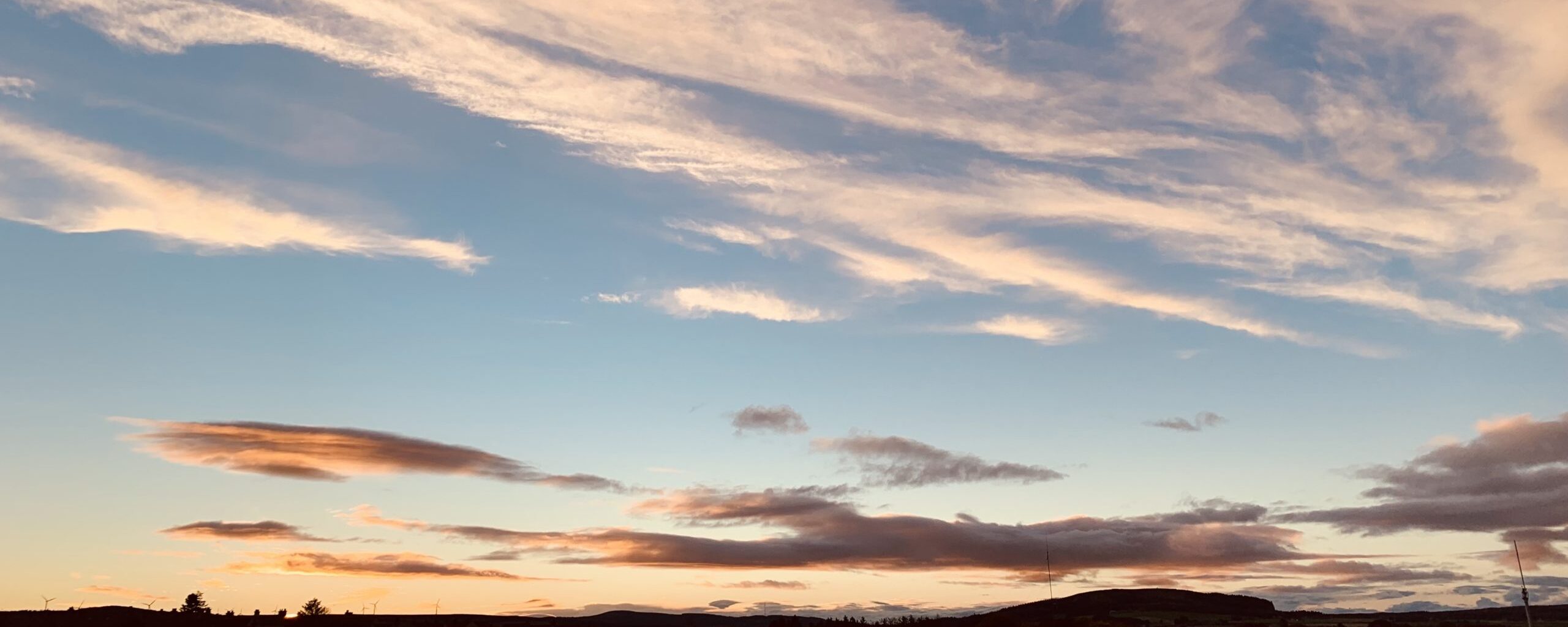Cause & effect in amateur photography
Glass plates and room sized cameras
In the early part of the 20th Century photographic chemistry was comparatively crude. Emulsions were not very light sensitive, meaning that large surface areas were required in order to expose enough of the material to light – more surface area captures more light. As a consequence photography was largely the province of the well heeled or portrait artists. Equipment was big, expensive, hand made and required lots of time to setup and operate. Look at photographs from the late 1890’s through to 1920 and you’ll see little that is spontaneous or casual; making a picture was an undertaking.
Faster film on a flexible base
A large film media requires a large image circle, which in turn results in a lens that’s sited further away from the film plane – and as a result the whole light box that is the camera must itself be large too. Various techniques were tried to combat this, most common being the bellows unit and folding or collapsing lens mechanism. Although invented in 1885, the flexible, transparent film as we knew it was not widely used until 1910 or so – this was another major step forward in democratizing access to photography, as now a separate, expensive, glass plate was not required for each image.
From the 1920’s to the 1940’s several things changed; film emulsions became more sensitive which lead to the ability to use smaller negatives, and manufacturing techniques scaled up thus reducing unit costs. Across every sphere of human industry manufacturing was automating, and every manner of manufactured item was becoming more economical and accessible.
The advent of 35mm and rangefinders
Everything changed profoundly when Kodak introduced the 135 film canister in 1934 – we’d come to know it as 35mm film. This addressed ease of handling by holding the film stock in a light tight canister, and promised many more exposures per roll, with easier loading, than had ever been possible with 120 roll film. This new, smaller film format opened the door to the rapid expansion of photography and cameras, starting with the rangefinder.
The first Leica rangefinders sold for around $4,500 in 2013 terms, a premium product then and now. By the late 30’s other compact rangefinders were entering the market – the Argus C3 sold for the equivalent of $350 and the Kodak 35RF for $780 (2013) in 1940 when it was introduced. Rangefinders were great for all manner of everyday photography, especially the recently emerged field of photojournalism, travel and family keepsakes. Over the next 20 years the photographic equipment market would blossom, and names from far flung corners of the world would become common place.
War and post-war
Images were captured during World War II that would have been much more challenging in the days of TLRs; a field reporter or infantryman could carry a compact 35mm camera almost anywhere. In the aftermath of their defeat the Japanese needed a way to boost their economy; they need something that required the minimum of raw materials, was cost effective to ship great distances and could then be sold for a premium price. Just as the Swiss before them with watches, for the Japanese manufacturers of the late 1940’s cameras were a boon. Several manufacturers had been producing specialized lenses for X-ray and other applications, and their first in-house cameras stared appearing in the late 1940s.
In a pattern that was to be repeated in several other fields, early Japanese models were heavily influenced by older designs from traditional names, such as Leitz.

